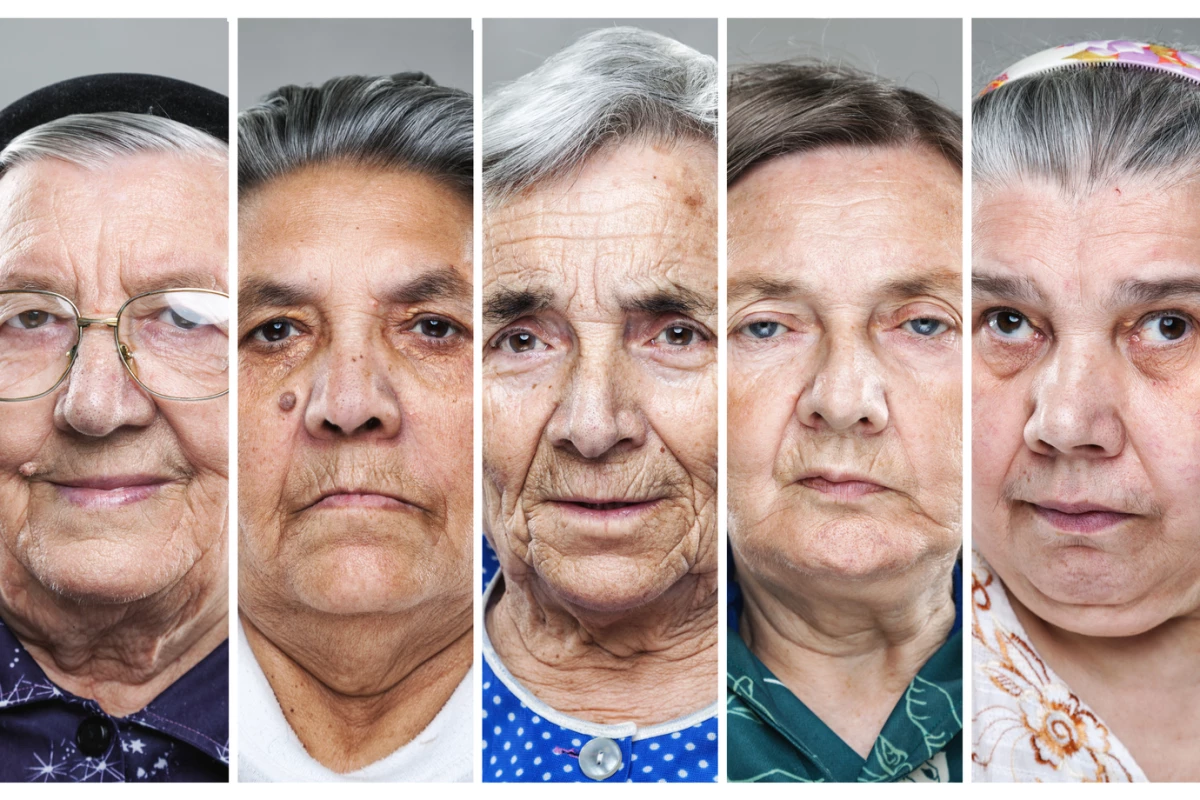Functionally, human faces basically all look the same – and yet, our brains are extremely fast at recognizing the faces of people important to us. Now, a new study has identified a previously unknown population of brain cells that may be hybrids of sensory and memory neurons, which enable this quick recall.
In the early days of neuroscience, a hypothesis emerged that individual neurons could encode for a single, complex concept. So, for example, when you looked at your grandmother’s face, a specific neuron would fire to let you recognize her instantly. But after decades of probing the human brain further, none of these super-specialized “grandmother neurons” have ever been found.
“The expectation is that we would have had this down by now,” says Winrich Freiwald, lead author of the new study. “Far from it! We had no clear knowledge of where and how the brain processes familiar faces. Now, in an obscure and understudied corner of the brain, we have found the closest thing to a grandmother neuron: cells capable of linking face perception to memory.”
The team had previously identified a small part of the brain that may play a role in facial recognition. It lies within the temporal poles, which sit at the lower sides of the brain, and are thought to be where memories are imbued with emotional significance. For the new study, the researchers investigated the areas a bit more closely to see how they reacted to both familiar and unfamiliar faces.

The team used fMRI scans of the temporal poles in two rhesus monkeys, as they viewed images of faces of other monkeys. Some of them they had met in person before, while others they were only seeing for the first time on-screen.
And sure enough, neurons in the temporal pole region appeared to fire selectively for different faces. If the monkey knew the face from previous in-person contact, the neurons fired three times more strongly than if they were unfamiliar. They performed this feat almost instantaneously too.
It’s not quite a grandmother neuron, the team says, because it’s a whole group of cells aiding the quick recall. But functionally it’s the closest thing found so far, and more importantly they may be the first evidence of hybrid neurons. They react to stimuli quickly like sensory cells, but also seem to store memories of previous experiences.
“They’re these very visual, very sensory cells – but like memory cells,” says Freiwald. “We have discovered a connection between the sensory and memory domains.”
Intriguingly, the study may also have implications for our increasingly online world. Even when the monkeys were shown the same faces many times on a screen, the neurons still didn’t fire as strongly as they did for those they had met in the real world.
“This may point to the importance of knowing someone in person,” says Sofia Landi, first author of the study. “Given the tendency nowadays to go virtual, it is important to note that faces that we have seen on a screen may not evoke the same neuronal activity as faces that we meet in-person.”
Further study could help us pin down where this vital ability takes place in the brain.
The research was published in the journal Science.
Source: The Rockefeller University




